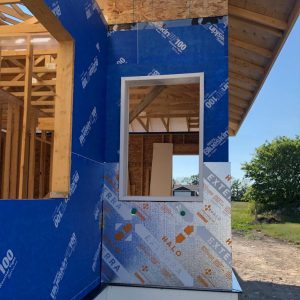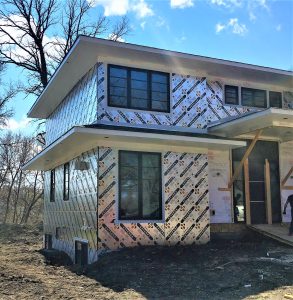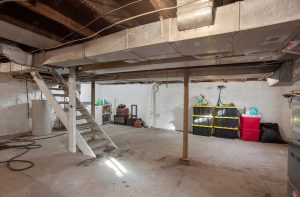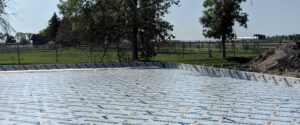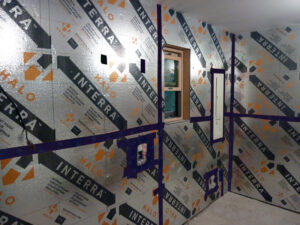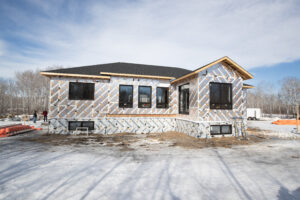In 2024, optimizing your home’s insulation and moisture barrier strategies remains crucial, particularly when considering Halo’s Exterra as a pivotal component of your construction approach. Exterra has proven to be an effective standalone option for wall insulation and moisture protection. Yet, the addition of house wrap in conjunction with Exterra continues to be a popular strategy among some forward-thinking builders, offering an additional layer of protection.
For those inclined towards an extra measure of precaution, the placement of house wrap relative to Exterra becomes a critical consideration. This discussion will delve into the merits and drawbacks of positioning house wrap either externally or internally relative to Exterra, providing insights to inform your decision.
Positioning of House Wrap Relative to Halo Exterra: A Preference-Based Decision
The choice of whether to situate house wrap in front of or behind Exterra is largely subjective, influenced by builder preference and specific project requirements.
Contemporary building science suggests situating house wrap beneath Exterra, a method that finds favor in diverse climates, from the cold reaches of Ontario to the warm expanses of Alabama. This variance illustrates that geographical location and climate have minimal impact on this decision.
Advantages and Challenges of Internal House Wrap Placement (Behind Exterra)
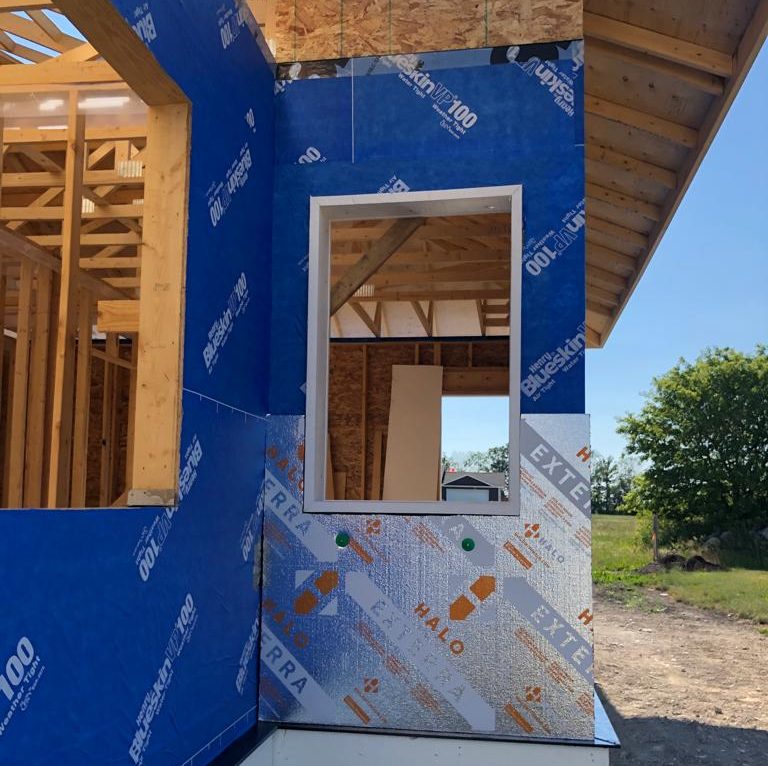
Advantages:
- Provides a protective shield for the house wrap from external elements.
- Potentially facilitates moisture egress from the wall assembly, contingent on the membrane’s permeability.
Challenges:
- Requires precise flashing around apertures to connect with the internal air control layer.
- Installation by the framing contractor might expose the house wrap to potential damage prior to exterior cladding.
- Repairing damaged house wrap sections can be complex.
Advantages and Challenges of External House Wrap Placement (In Front of Exterra)
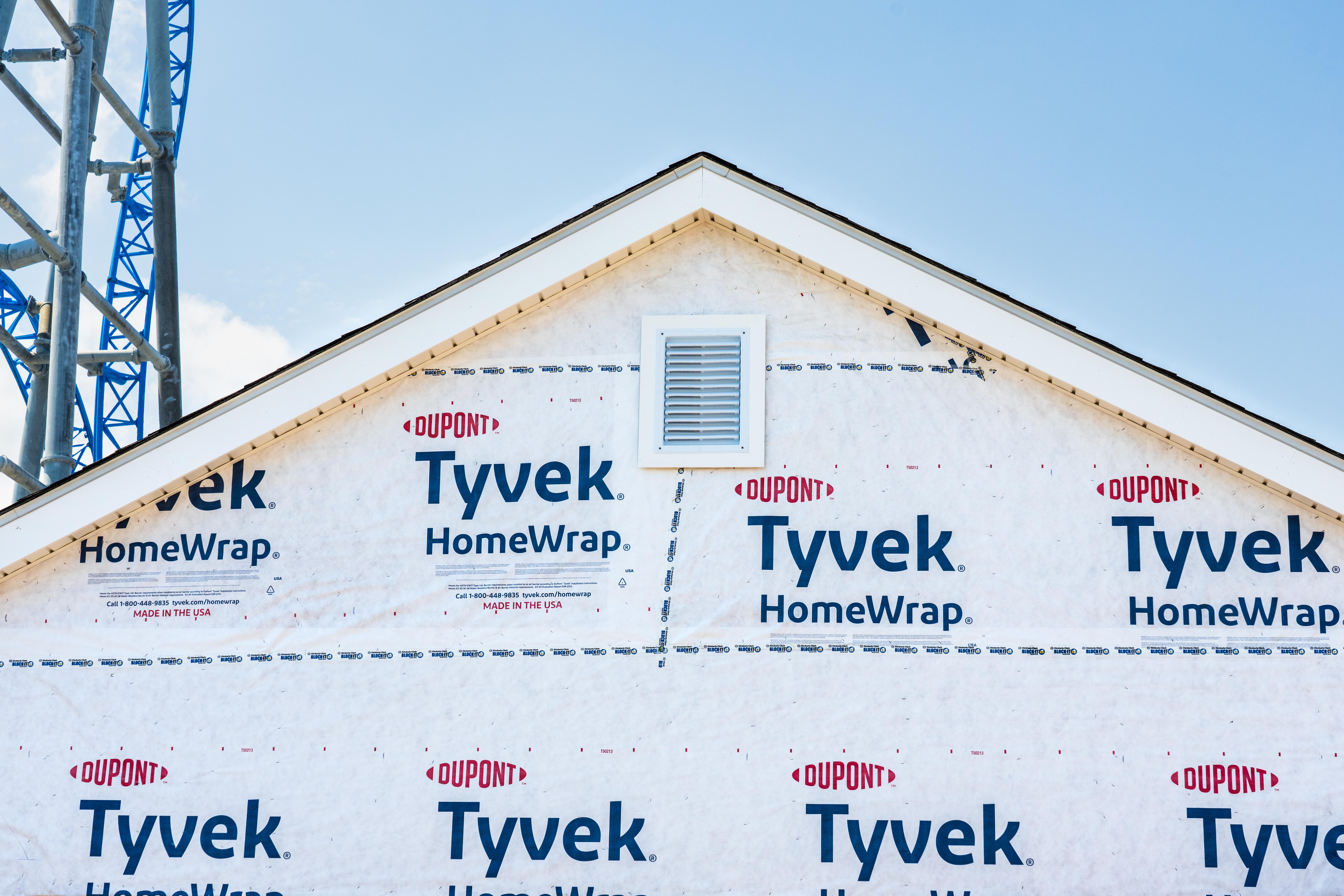
Advantages:
- Shields Exterra from moisture ingress.
- Simplifies the integration of flashing around openings, enhancing moisture management.
- Makes repairs to the house wrap more straightforward.
Challenges:
- May hinder moisture expulsion from the wall cavity, depending on membrane permeability.
- Leaves the outer surface of wood sheathing unprotected.

Don't miss a thing!
Subscribe for exclusive content, insider industry news and limited edition webcasts.
Conclusion: Evaluating the Optimal Approach
Determining the most suitable placement for house wrap in relation to Halo’s Exterra does not adhere to a one-size-fits-all answer. Both strategies offer distinct benefits. Installing the wrap behind Exterra safeguards the house wrap and aids in exterior drying. Conversely, positioning the wrap over Exterra enhances protection against moisture but might impede external drying of the wall assembly.
In summary, the decision hinges on individual project specifics, builder preferences, and a thorough assessment of the potential advantages and challenges associated with each method.

